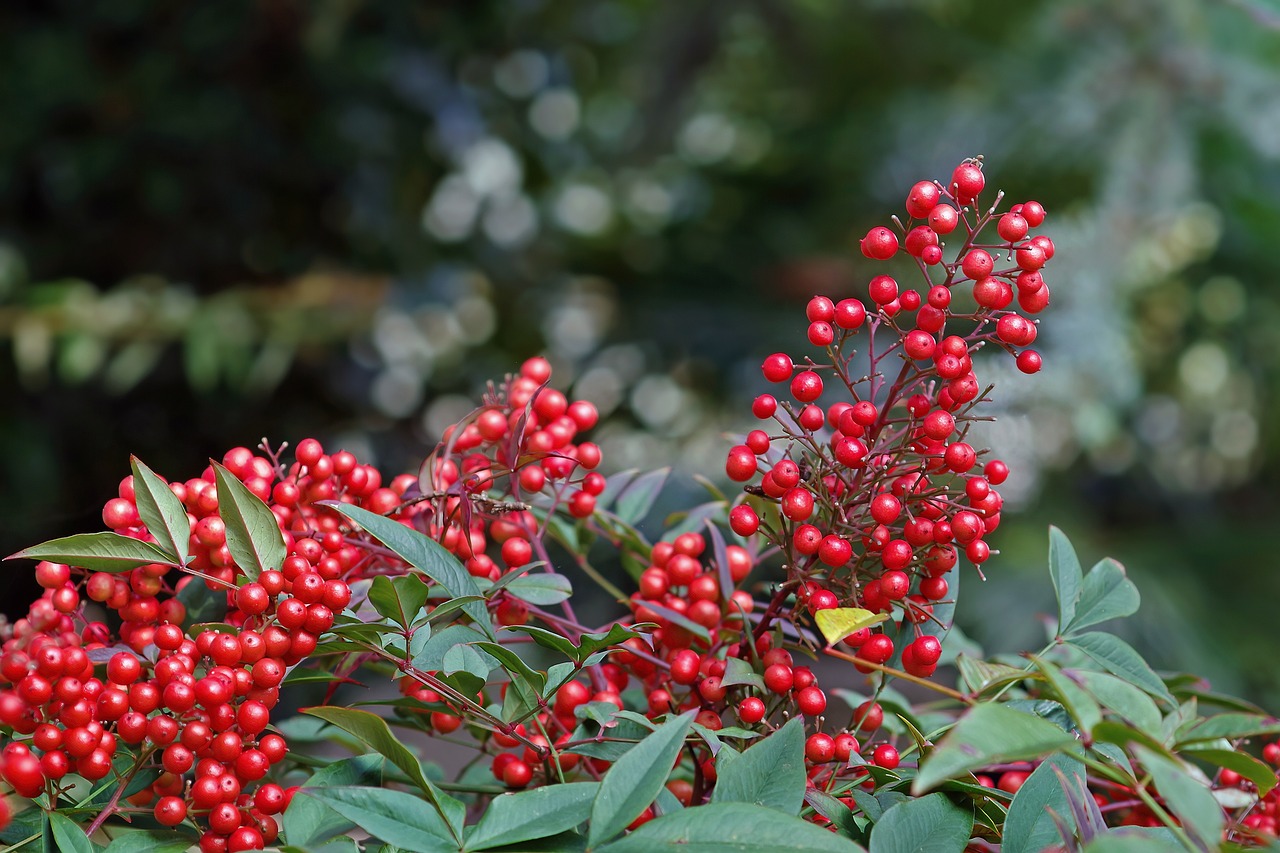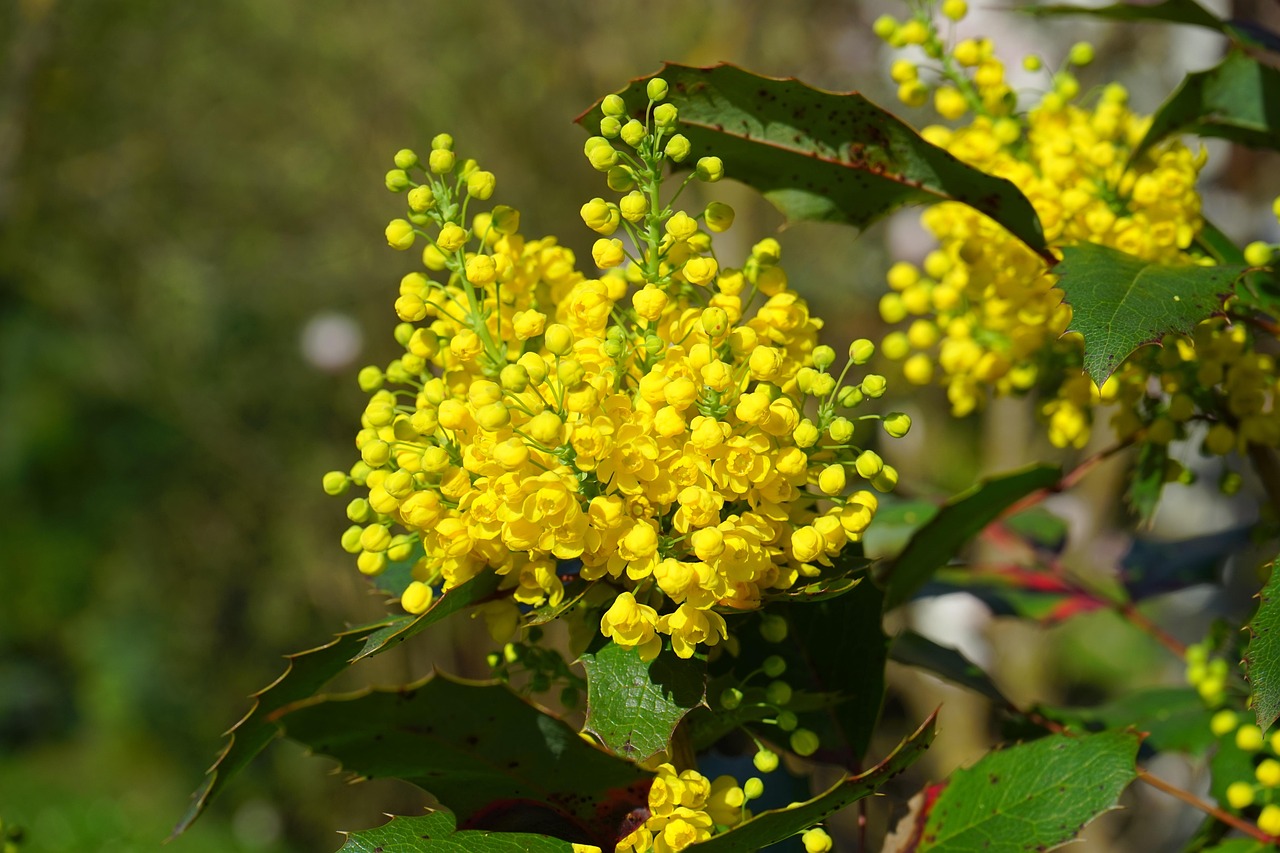Sankayō | The Phantom Flower of Misty Mountains that Turns Transparent When Wet

Sankayō is a perennial plant that quietly blooms in the cool mountains of Japan. It is known for its delicate white flowers, which become transparent like glass when wet with rain.
This rare phenomenon has made the flower a subject of fascination as an ornamental plant, gaining quiet popularity among nature enthusiasts both in Japan and abroad.
In this article, I will provide a wide-ranging introduction to Sankayō, including its basic information, cultural background, historical episodes, and key points for cultivation.
Basic Information
- Scientific name: Diphylleia grayi
- Family: Berberidaceae
- Native habitat: Japan (from central Honshū to the Tōhoku region), northern Korean Peninsula, northeastern China
- Appearance: In early summer, several pure white blossoms bloom together. At first glance, the flowers appear simple, with thin white petals. However, when wet by rain, the petals absorb moisture, turning translucent and revealing a beauty reminiscent of glasswork. The plant also bears two large leaves that spread out like an umbrella.
- Blooming season: May to June
Cultural Significance
In Japan, Sankayō holds a symbolic place within the tradition of wild mountain plants. In regions with a background of mountain worship and nature reverence, the fleeting and transformative nature of the flower has often been associated with the mysteries of the natural world.
Although its distribution as a horticultural plant is limited, it is sometimes displayed as a special exhibit in botanical gardens due to its unique characteristics.
In recent years, photographs and videos of its petals turning transparent in the rain have spread across social media, leading to international recognition. As a result, it is increasingly introduced as one of the plants that symbolize Japanese natural beauty and mountain landscapes.
In Japan, it is also occasionally used in tourism promotion materials, not only for the flower itself but also for its connection with the natural environment.
Historical Background
The scientific discovery of Sankayō is closely linked to the modernization of botany in Japan during the Meiji era.
Its documentation began with the research of Tomitarō Makino, a pioneering Japanese botanist. The plant was later given the scientific name Diphylleia grayi, in honor of Asa Gray, a leading American botanist of the 19th century. This naming reflects both the international networks of plant classification at the time and Japan’s active engagement with the global academic community.
During the Shōwa period, as the appreciation of wild mountain flora grew and awareness of alpine plant conservation increased, Sankayō came to be regarded as a rare mountain flower. It has been repeatedly introduced in postwar botanical guides and mountaineering magazines, valued for both its beauty and its ephemerality.
Gardening Advice
Sankayō naturally grows in cool, moist forest environments, making its cultivation somewhat delicate. Success depends on replicating conditions close to its natural habitat.
Light
Prefers partial shade. Ideal under deciduous trees where filtered sunlight reaches. Avoid long hours of direct sun.
Watering
Sensitive to dryness. Water regularly before the soil surface dries, especially in summer. Maintain humidity, but avoid root rot from overwatering.
Soil
Prefers acidic, organic-rich soil containing leaf mold or peat moss. The soil should balance drainage and moisture retention.
Fertilizer
Apply a small amount of slow-release organic fertilizer in spring as new shoots emerge. Fertilization should be minimal to encourage natural growth.
Planting/Transplanting
Best done in spring or autumn. Handle roots carefully, as they are delicate.
Winter Care
Though hardy, potted plants should be placed in a sheltered location away from frost and strong winds. Even after leaf fall, water management is essential to maintain healthy roots.
Conclusion
Sankayō is a perennial plant native to the cool mountains of Japan and East Asia, renowned for its rare petals that turn transparent when wet.
Documented and named by Japanese botanists during the Meiji era, it also symbolizes international academic exchange.
Although its distribution as an ornamental plant remains limited, Sankayō continues to be valued as part of nature conservation and cultural landscapes.



